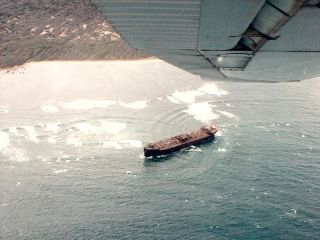labbadabba
Pattern Altitude
So I did a proficiency flight that did not go so well:
https://www.pilotsofamerica.com/com...nt-tho-maybe-i-should-be.102793/#post-2274792
The post raises a big question for me and I thought it deserved its own post. I went out to do some PPL-style maneuvers just for the sake of seeing how well I could still do them. One common piece of feedback in the thread was that I would be better off just flying X/C's rather than re-visiting maneuvers that I've already demonstrated on a checkride.
Do these maneuvers serve solely as a check of one's airmanship or can the continued practice of them keep flying skills sharper than flying on X/C adventures?
https://www.pilotsofamerica.com/com...nt-tho-maybe-i-should-be.102793/#post-2274792
The post raises a big question for me and I thought it deserved its own post. I went out to do some PPL-style maneuvers just for the sake of seeing how well I could still do them. One common piece of feedback in the thread was that I would be better off just flying X/C's rather than re-visiting maneuvers that I've already demonstrated on a checkride.
Do these maneuvers serve solely as a check of one's airmanship or can the continued practice of them keep flying skills sharper than flying on X/C adventures?


